Barbara Shaw has a passion for colour and textiles. She specialises in the construction of complex and colourful collages using stitched together fabric scraps, each chosen deliberately and carefully.
Each snippet of fabric adds texture and depth to her images. And she brings her artwork alive with textile scraps in vibrant and subtle colours, adding fabrics with sparkle for light, chiffon ribbons for shading, lace for intricate detail and tweed for texture.
Over time her work has become more impressionistic and she has challenged herself with more complicated subject matter, like charming animated street scenes and characterful animals.
Discover the importance of looking at the details. Barbara creates her artworks by looking closely at her subject matter and then recreating her vision using tiny pieces of fabric scraps.
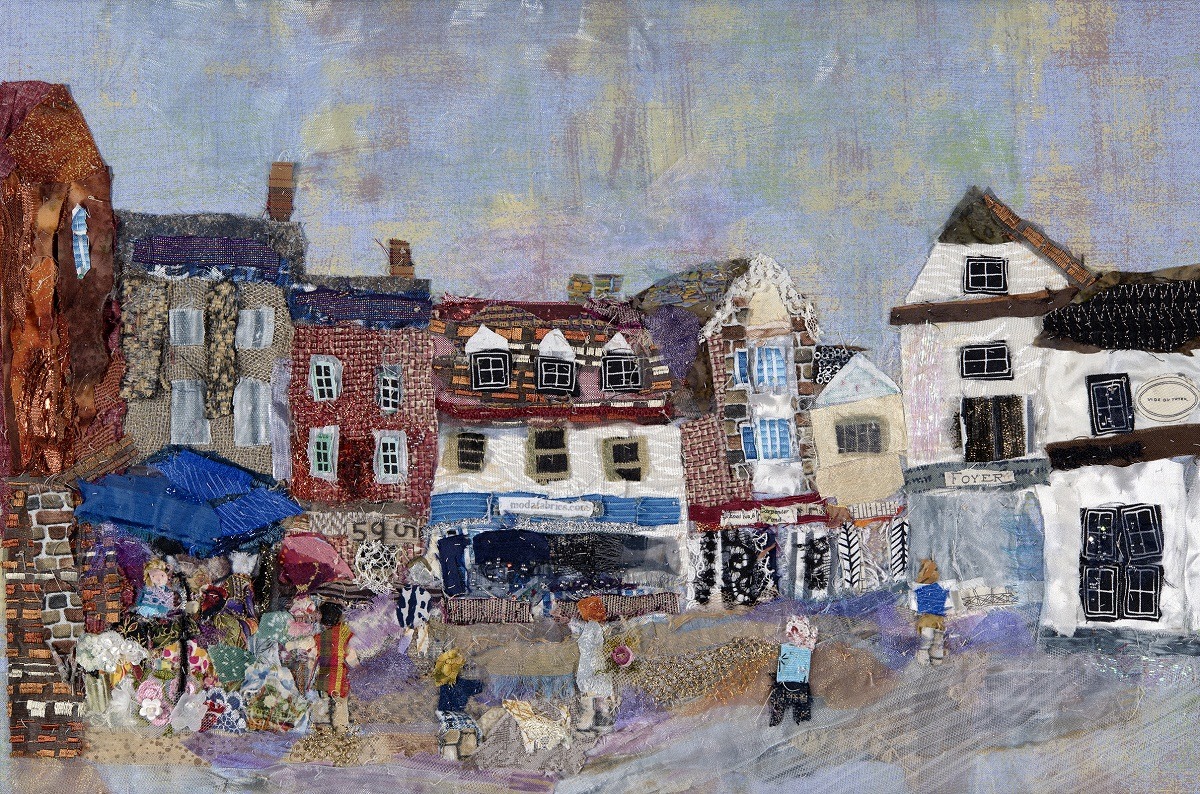
Technicolour textiles
What initially attracted you to textiles as a medium?
Barbara Shaw: I was a creative child and learned to knit at the age of four. I first became attracted to textiles in 1997 when I started making patchwork quilts.
My imagination was captured by the wonderful selection of coloured and patterned material. Then I found Kaffe Fassett’s work published in books and was hooked. It was the first time I’d seen colours and patterns mixed so successfully. His sumptuous style resonated with me and confirmed there were people who experienced the world in full technicolour, as I did!
I subsequently visited Kaffe Fassett’s exhibition in 2013 at the Fashion and Textile Museum in London. The display showed his progress from painting to knitwear design to fabric manipulation. I was able to see at first-hand how his imagination had come up with these wonderful combinations. He was a huge influence!
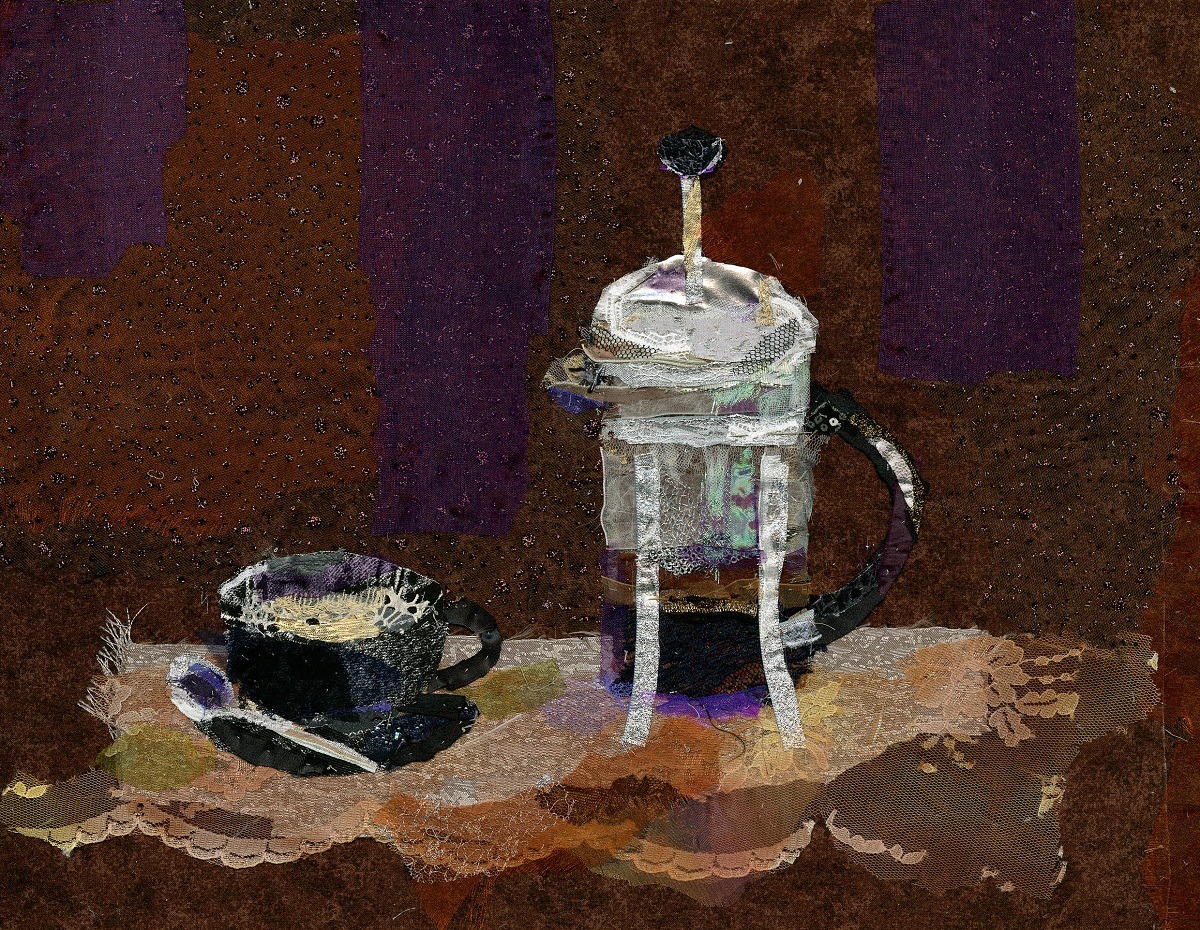
What or who were your early influences and how has your life/upbringing influenced your work?
As a child, I was encouraged to focus on academic studies and art was not a priority. At the time I longed to learn the basics of painting and drawing. However, the lessons encouraged students to experiment with patterns, woodwork and abstract studies. This did not interest me, so I gave up the subject at school when I was thirteen.
Later, as an adult, I tried several ‘beginners’ classes but was extremely disheartened and disillusioned with them.
So I decided to teach myself how to understand and use colour, shading and perspective. I avidly read books, studied illustrations and practised drawing and painting exercises. I taught myself how to see in a different and detailed way.
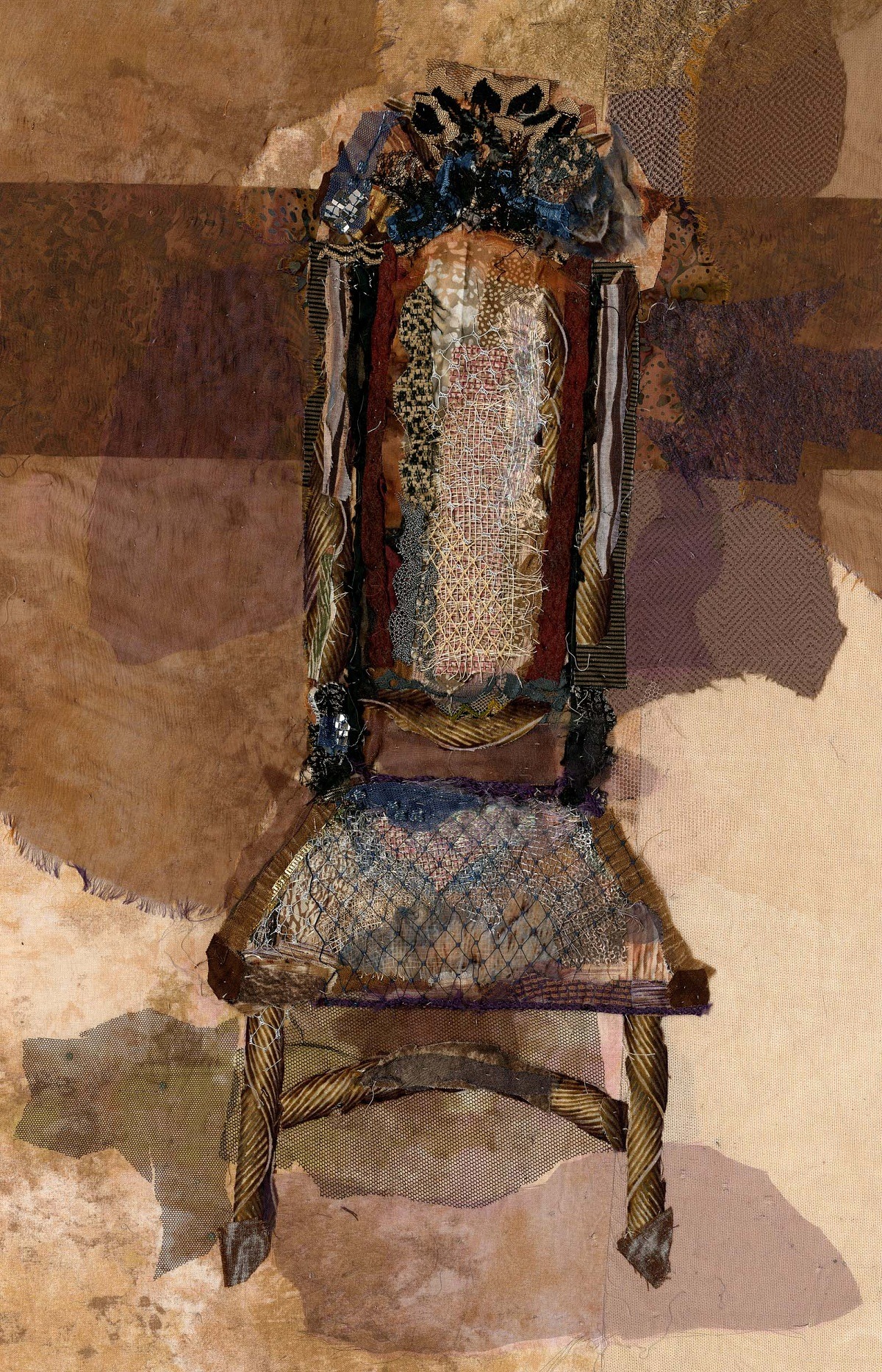
What was your route to becoming an artist?
In 2002 I won a prize for a fabric collage. I considered it to be very basic, a mixture of paint and fabric glued on to paper. But I was encouraged, so I experimented further with textiles.
My route to becoming an artist was nurtured when a potter friend invited me to exhibit with her in Bucks Art Weeks in 2004. This exhibition was part of a county-wide opening of artists’ studios.
Suddenly I had a different role to play, as a professional artist!
At first I felt an impostor but, as my work has developed, I have grown in confidence. I have taken part in many more exhibitions since and enjoy talking to visitors and demonstrating my technique.
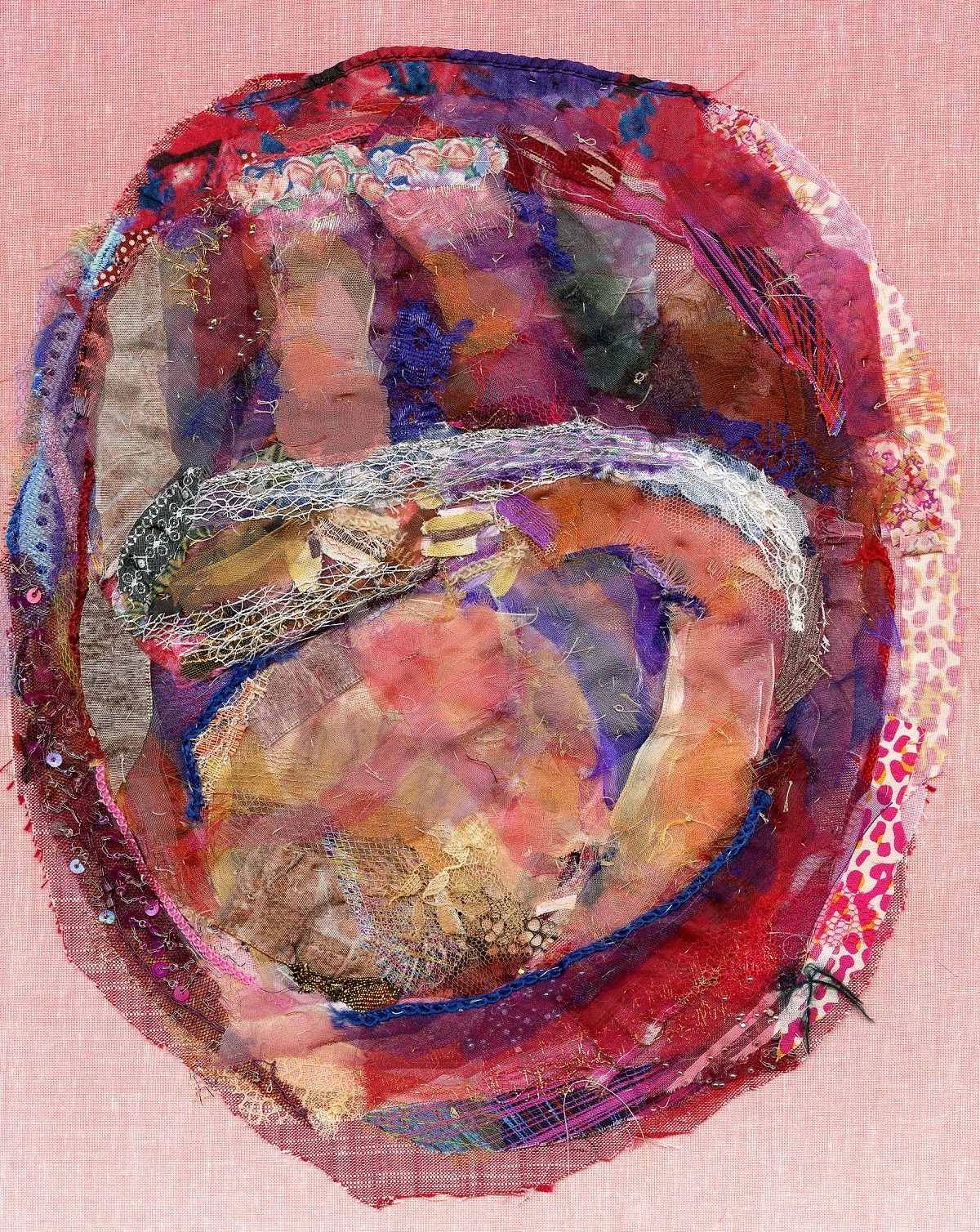
Looking closely
Tell us about your process from conception to creation…
Most of my work starts with some sort of visual inspiration; something I have seen, or a piece of fabric which suggests an image to me. The key could be anything; a flower, a building, a creature, a landscape or a portrait.
I research my chosen subject, taking photos and looking closely at what I want to depict. I work hard to understand the essence of the subject matter, so I can interpret it and create my composition.
I never use sketchbooks but store this information in my mind, using photographs as a guide to help me measure proportions accurately. My sketches and subsequent development of a picture are always in fabric as part of the construction process.
I document my progression by posting vlogs on social media and YouTube, where viewers can get a glimpse of my process from the first tentative ideas to completed artwork.
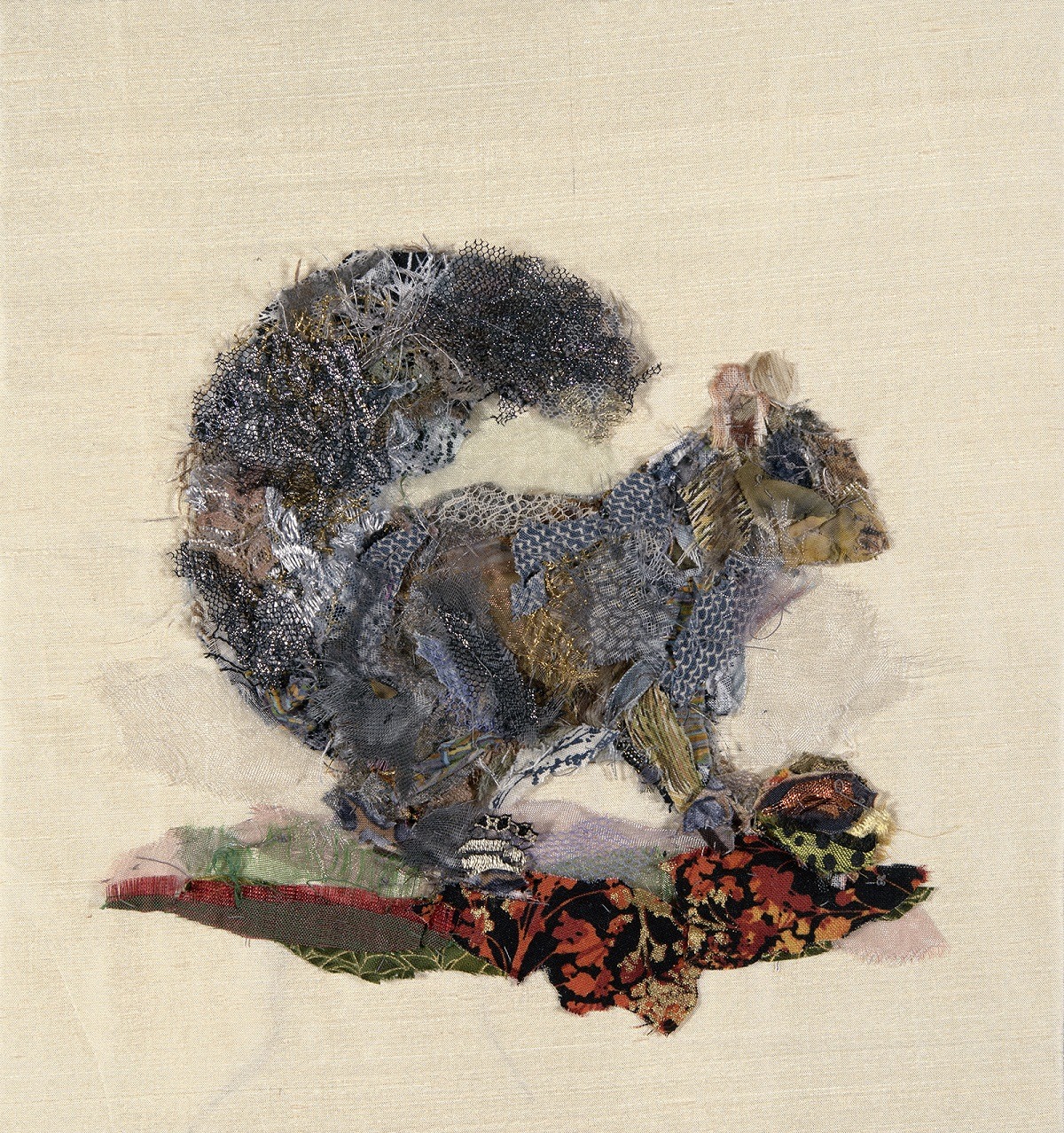
Tell us about your chosen techniques and how you use them…
I begin a piece of work by cutting small scraps of carefully chosen fabric and pinning them onto a fabric background. I continue to cut pieces of fabric, pinning and layering them.
Once I am happy with the composition of layers I hand sew the materials together with little running stitches. I make sure that the edges are free for me to trim to the size and angle that I want. I use a grey thread and the knots and thread become part of the textures of the picture and blend in like shadows.
I find that by hand-stitching I have control over how tightly or loosely I pull the thread so that the many different weights and textures of the fabrics I use are not crushed.
I work standing at a full-size easel, which helps me see the image better as it develops. I also walk backwards and forwards to check coherence from a distance and at a close-up position.
The process of cutting, pinning and stitching are repeated until I am happy with the piece. Once it is finished, the picture is stretched over mount-board and laced across the back using a strong thread to keep it taut. The image is then ready for framing.
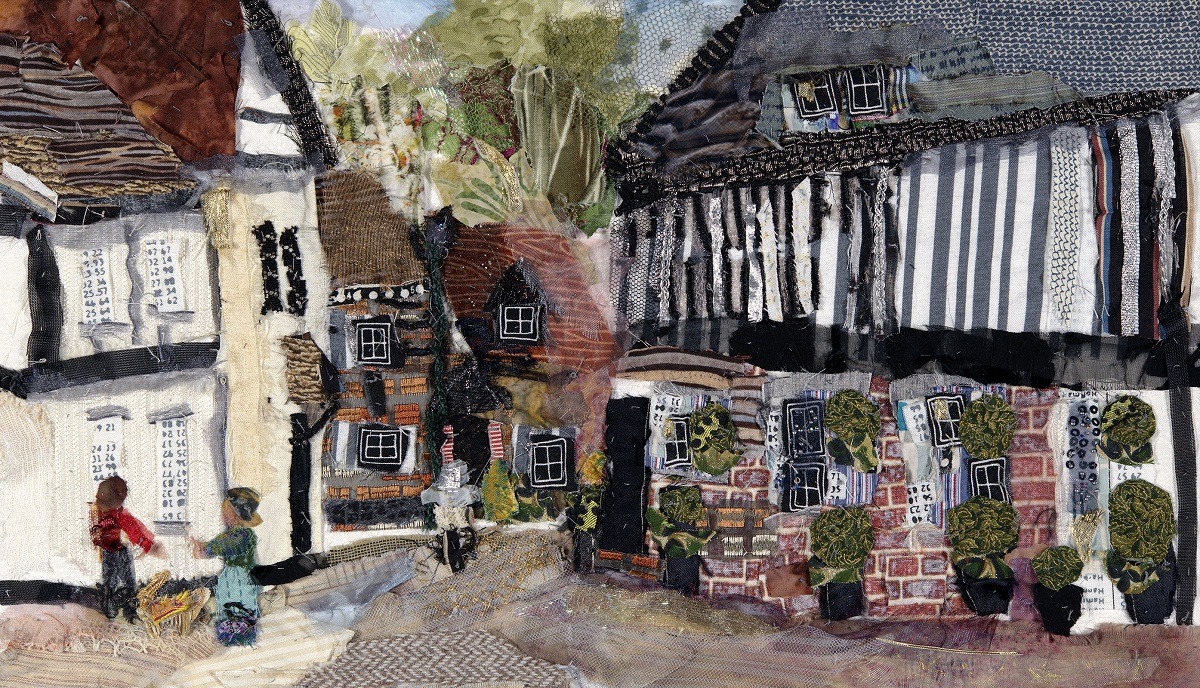
What currently inspires you?
Recently I have been inspired to stitch street scenes, adding figures to bring them alive.
These tableaux usually also now include a yellow dog similar to one my daughter owns!
I love working on buildings and enjoy recreating them, no matter whether they are period properties or new builds. Black and white beamed houses feature in my latest work but I am equally happy interpreting bricks, wood and thatch and the ageing of the materials.
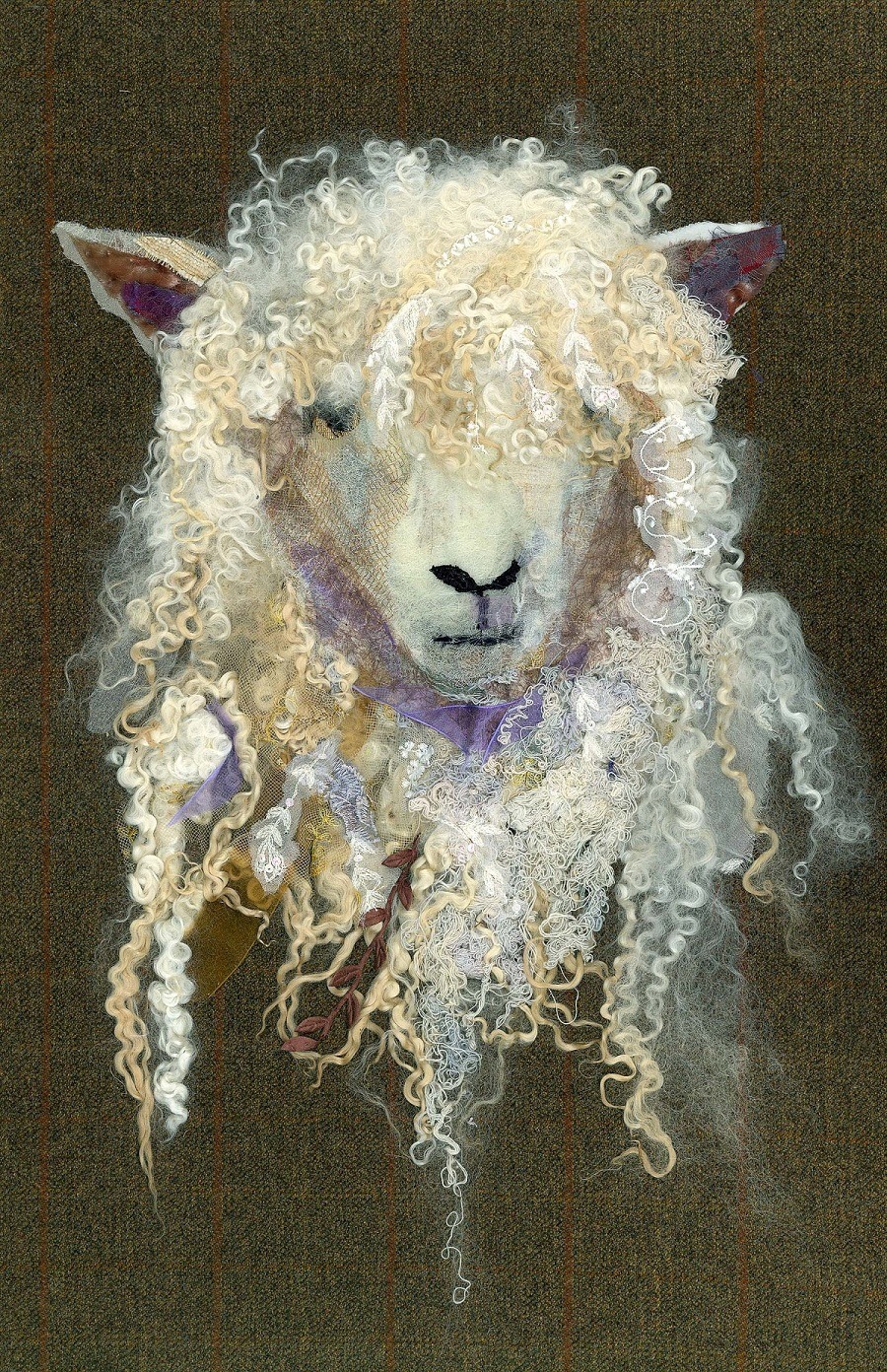
Pushing boundaries
Tell us about a piece of your work that holds particularly fond memories and why?
The first Cotswold sheep I stitched in 2007 holds particular meaning for me.
Creating this piece was a steep learning curve. It took six weeks to construct as it was so complex.
Along the way, I worked out how to reproduce facial features and I incorporated wool for the first time. People cross the room to see the sheep as it is such a dramatic image. I won’t ever sell this picture as it represents a watershed in my development as an artist.
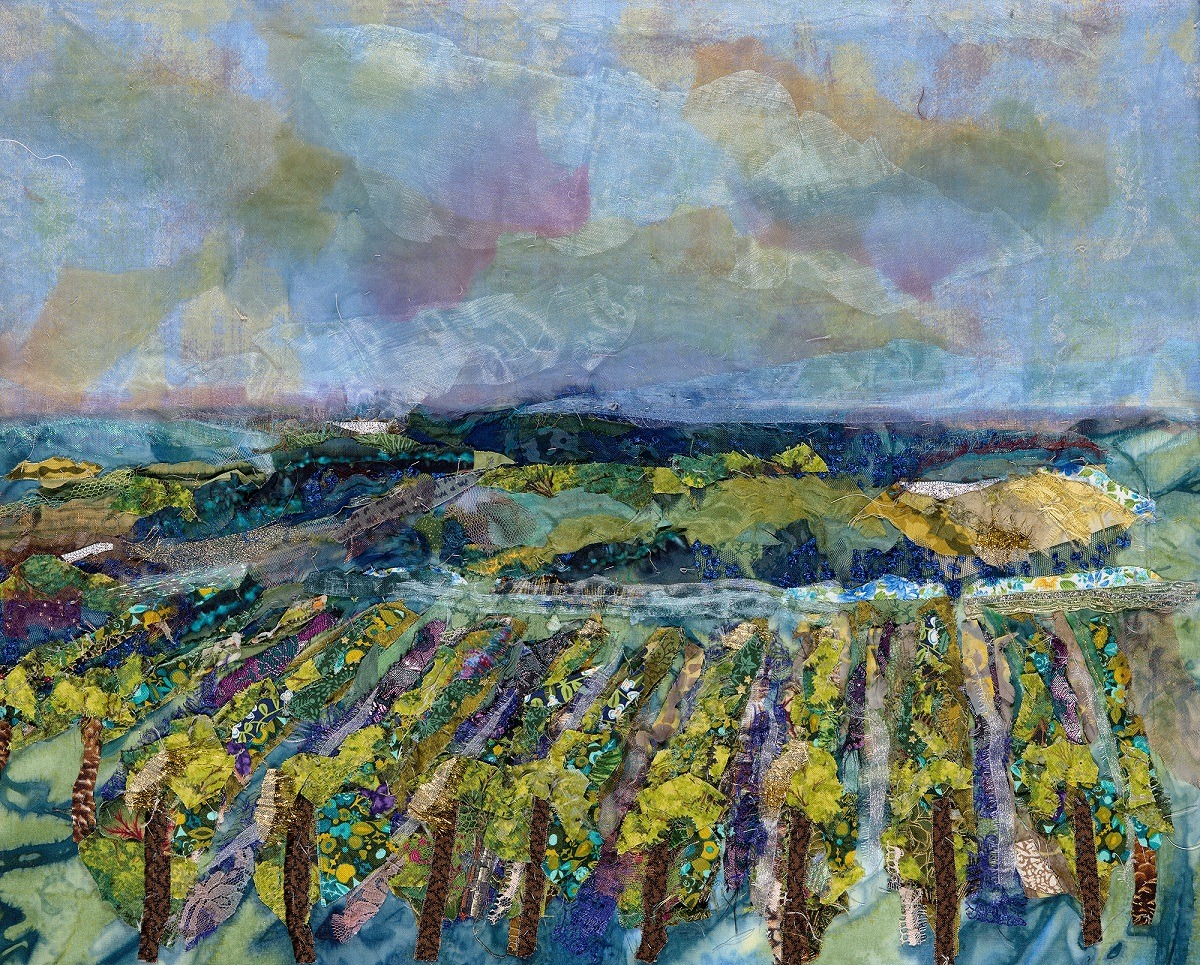
How has your work developed since you began and how do you see it evolving in the future?
When I began using textiles in pictures I glued the fabrics to paper or card and sometimes incorporated paint.
Now I use fabrics like painterly brush strokes, hand-stitching each carefully selected scrap together to retain texture.
My style has changed dramatically, becoming much more impressionistic with details suggested by a mark or a line. I can spend ages just looking for one snippet for a feature such as an eyebrow.
Claude Monet’s exquisite paintings have influenced me as have Gustav Klimt’s richly painted pictures. Both artists incorporate glowing lustrous elements in their work, which really resonate with me.
In the future, I would like to continue to develop my own style and share the process of making. This year I have started filming short videos on the development of the pictures, which are reaching new audiences of people interested in textile art.
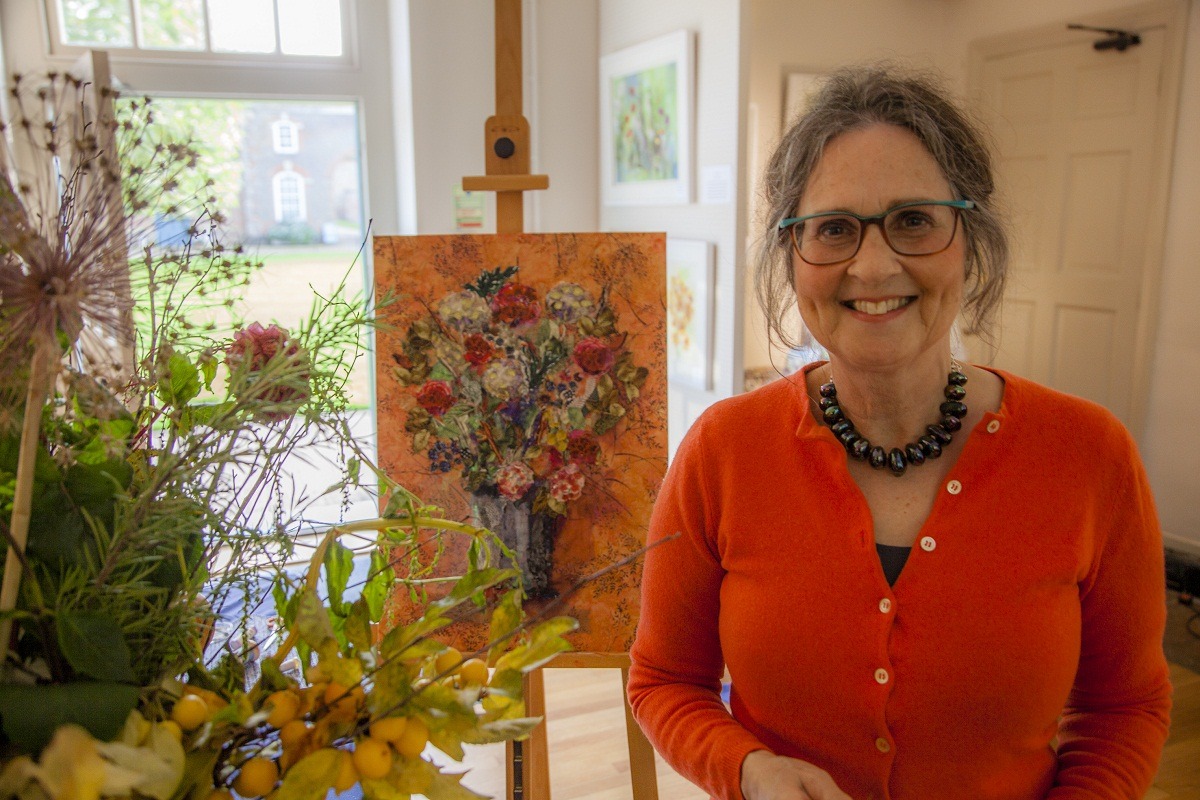
What advice would you give to an aspiring textile artist?
My advice to an aspiring textile artist is to hold on to your own unique view of the world.
Produce and express whatever feels right for you.
Persistence and patience are key to learning. Accept rejection and continue. I send off many applications and have lots of replies saying ‘sorry, the standard was very high and it was so hard to choose…’ but I understand that my work may just not quite be what the curator was looking for.
So keep going and keep sewing!
Barbara Shaw was Artist in Residence at Chastleton House (National Trust) Oxfordshire (2014) and in Claydon House (National Trust) Buckinghamshire (2015). Her work is in the Oxfordshire County Museum collection and has been exhibited at the UK Parliament exhibition Tomorrow’s Child, and in Oxford University’s Museum of Natural History. She held a solo exhibition at Claydon Estate, Buckinghamshire in 2017.
Website: artintextiles.co.uk
Facebook: artintextiles
Instagram: @artintextiles
Have you been inspired by Barbara’s beautiful textile collage work? Let us know by clicking on the links below.
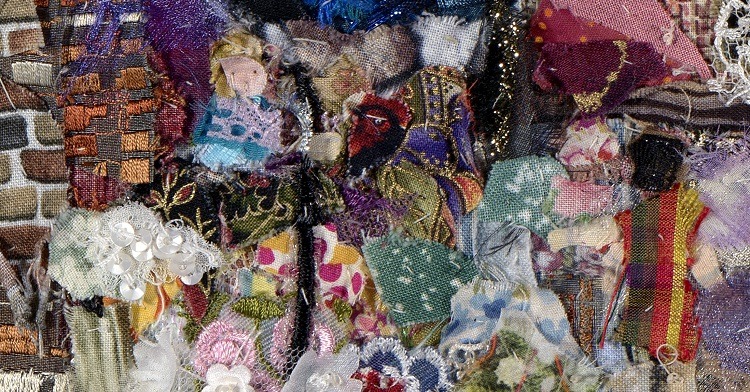

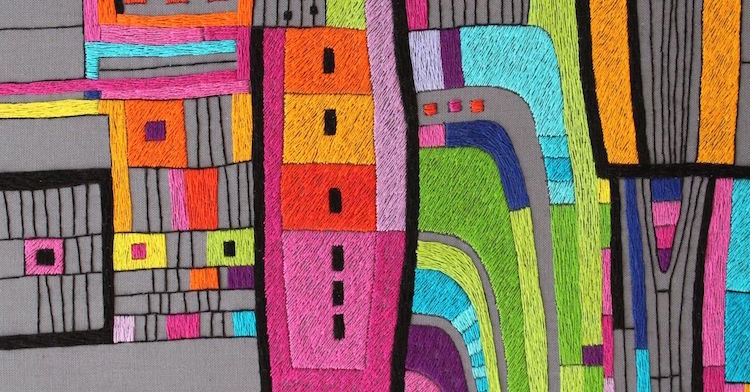
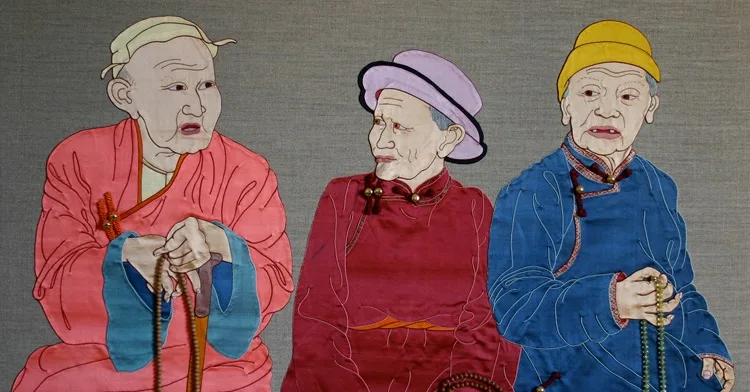

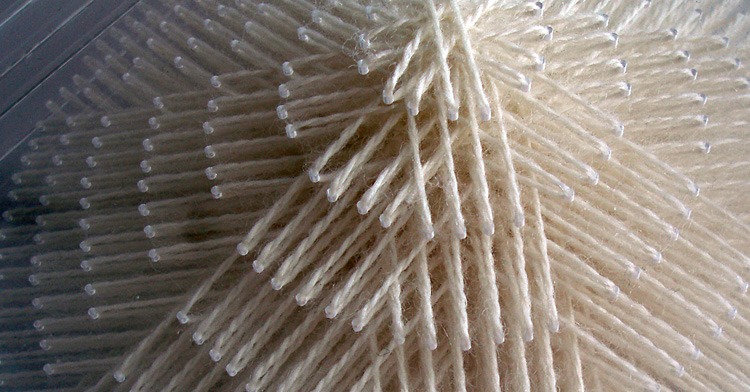
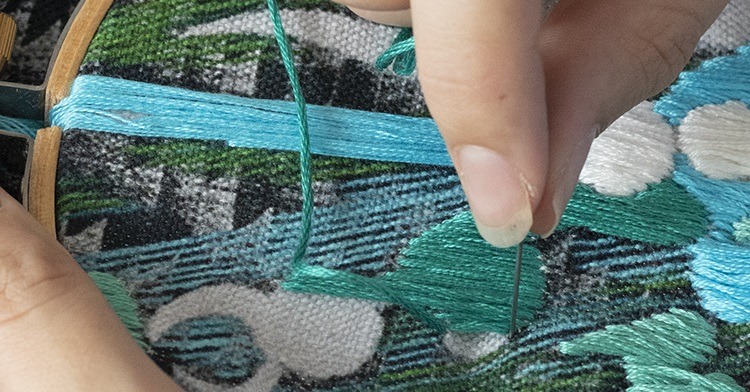
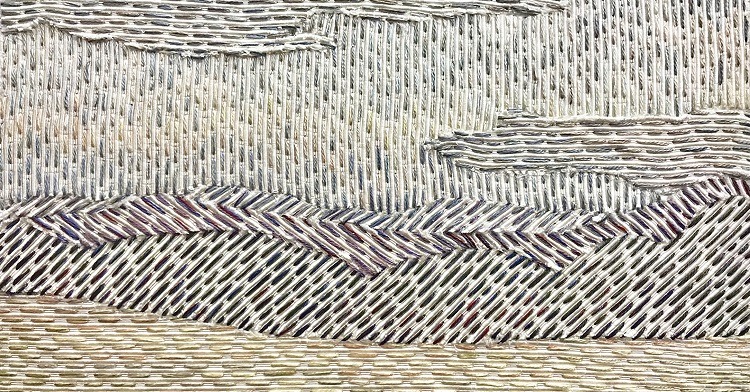
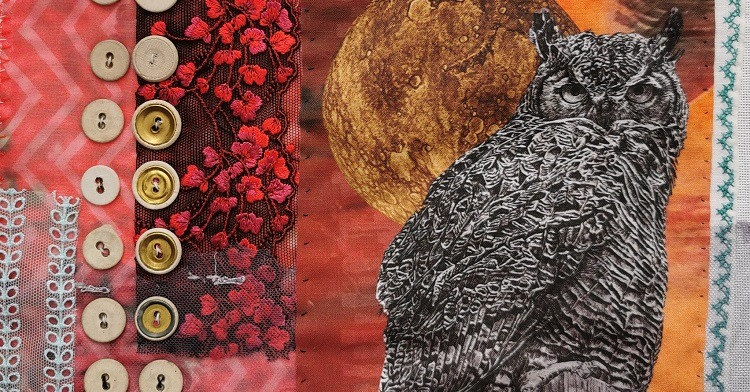
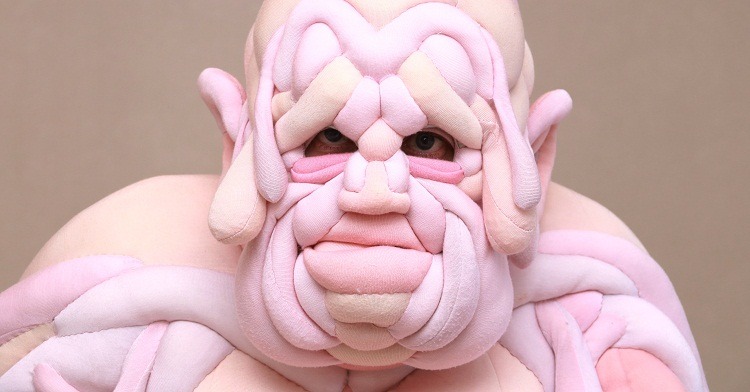
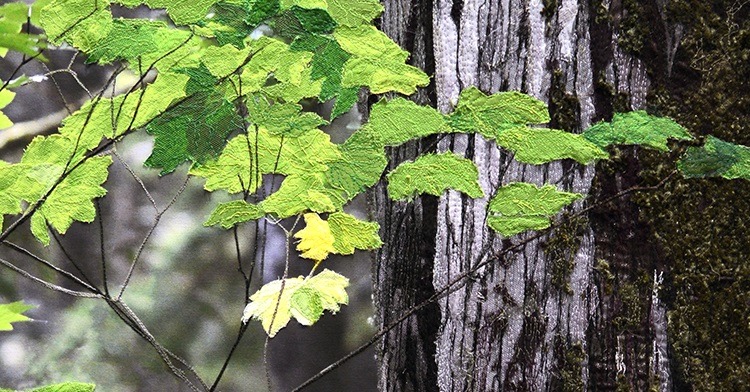
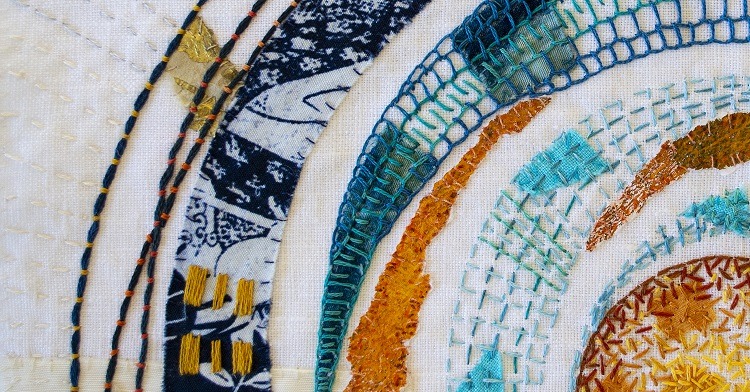
11 comments
Mary Axtmann
Barbara Shaw has become one of my favorite artists. She is gifted with an exceptional eye and also projects irresistible joy and enjoyment. It was great to read that her art is the result of years of hard work and dedication.
Beatrice James
Truly inspirational. A really interesting article. Thank you.
Cornelia Payne
Very impressive! Barbara’s work resonates with me. I will follow her ideas and postings. Thank you for the interview.
Cate Barton
Awesome! very inspirational! Love the sheep!
Beasy
Barbara is true inspiration for any budding textile artist. Never give up as long as it remains a joy to create.
Susan
Thank you for saying that you, too, have had rejection. Because your work is wonderful! It gives me hope having not won ribbons (even at small-town quilt shows) on things that I have worked very hard at.
M..millard
As someone who is tired of pieces of art that consist of a dozen different ‘ products ‘ held together with a few running stitches I can’t, say how good it is to see a true textile artist at work .Fabric and stitch is always a winner.
Marina Baertsoen
Je suis séduite par le côté enfantin et en même temps très adulte de ses productions. Je regarde ses oeuvres et elles vont chercher la petite fille qui sommeille en moi. Cela parle une langue qui m’émeut beaucoup! Merci!
Bev fryer
Very inspirational b
Karen Cummings
Lovely work and great article. You can tell by Barbara’s photo what a joyful journey she is on. Thanks for sharing.
Sally
Inspiring!